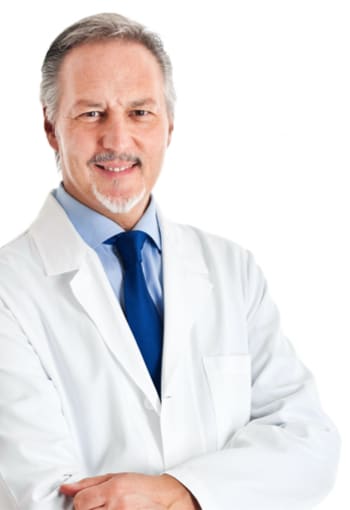Obstructive Sleep Apnea (OSA)
Obstructive sleep apnea (OSA) is a serious and even life-threatening condition. The risks of undiagnosed OSA include heart attack, stroke, irregular heartbeat, high blood pressure, heart disease and decreased libido. In addition, OSA causes daytime drowsiness that can result in accidents, lost productivity and relationship problems.
The National Sleep Foundation estimates that 18 million adults have obstructive sleep apnea, and it is likely that OSA also affects 2 percent to 3 percent of children. Yet, people who have OSA may not be aware they have a problem. If someone close to you has spoken of your loud snoring and has noticed that you often wake up abruptly gasping for air, you should consult your oral and maxillofacial surgeon (OMS).
An estimated
18-20 million
What Is OSA?
During sleep, the upper airway can be obstructed by excess tissue, large tonsils and/or a large tongue. Also contributing to the problem may be the airway muscles – which relax and collapse during sleep – as well as the nasal passages and the position of the jaw. The cessation of breathing (apnea) brought about by these factors initiates impulses from the brain to wake the person just enough to restart the breathing process. Sleep apnea is generally defined as the presence of more than 30 apneas during a seven-hour sleep. In severe cases, periods of not breathing may last for as long as 60 to 90 seconds and may recur up to 500 times a night.
Treatments
Depending on whether your OSA is mild, moderate or severe, your OMS will select the treatment that is best for you. This can range from behavior modification to oral appliances to an air pressure device. Surgery may be a good alternative for some patients, but it’s important to keep in mind that no surgical procedure is universally successful. Every patient has a differently shaped nose and throat, so – before surgery is considered – your OMS will measure the airway at several points and check for any abnormal flow of air from the nose to lungs.
An OMS has considerable experience and the necessary training and skill to perform the following surgical procedures:
- Uvulopalatopharyngoplasty (UPPP)
This procedure shortens and stiffens the soft palate by partially removing the uvula and reducing the edge of the soft palate.
- Hyoid Suspension
The hyoid bone is located above the level of the thyroid cartilage (Adam’s apple). The procedure secures the hyoid bone to the thyroid cartilage to help stabilize this region of the airway.
- Genioglossus Advancement (GGA)
This procedure tightens the front tongue tendon, reducing the degree of tongue displacement into the throat. This operation is often performed in tandem with at least one other procedure, such as UPPP or hyoid suspension.
- Maxillomandibular Advancement (MMA)
This procedure surgically moves the upper and lower jaws forward along with the soft tissues of the tongue and palate, opening the upper airway. For some patients, the MMA is the only technique that can create the necessary air passageway.

